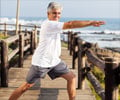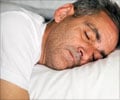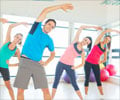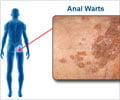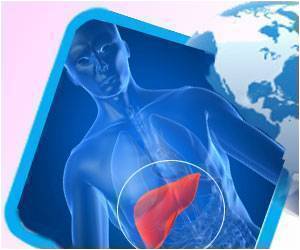Regular physical exercise can help reverse the damage done to the heart by aging and sedentary lifestyle, reveals a new study.
Highlights
- Exercise can help reverse the damage done to the heart by aging and sedentary lifestyle
- Physical activity regimen needs to begin by late middle age and before 65 years of age
- Regular physical exercise can prevent stiffening of the muscles in the heart
The findings were revealed by researchers at the Institute for Exercise and Environmental Medicine (IEEM) in collaboration with UT Southwestern Medical Center and Texas Health Presbyterian Hospital Dallas.
Start Exercising Early
Exercise needs to be performed at least four to five times a week. Because performing two to three times a week is not enough, reveals the research team in an earlier study.
"Based on a series of studies performed by our team over the past five years, this ’dose’ of exercise has become my prescription for life. I think people should be able to do this as part of their hygiene - just like brushing your teeth and taking a shower," said senior author Dr. Benjamin Levine, Director of the Institute and Professor of Internal Medicine at UT Southwestern.
- One of the weekly sessions had a high-intensity 30-minute workout like aerobic interval sessions. In this, the heart rate tops 95 percent of peak rate for 4 minutes, with 3 minutes of recovery, repeated four times. It is also called "4 x 4".
- Each interval session was accompanied by a recovery session performed at the relatively low intensity.
- One day’s session, which was of moderate intensity lasted an hour. In this session, fun activities like tennis, aerobic dancing, walking, or biking were included.
- One or two other sessions were performed every week at a moderate intensity. It was like a talk test, where the participant would be a little short of breath, but still would be able to carry on a conversation.
One or two weekly strength training sessions such as using weights or exercise machines were also included on a separate day, or after an endurance session.
More than 50 participants were included in the study. They were divided into two groups. One group received two years of supervised exercise training, while the other was a control group that participated in yoga and balance training.
Exercise Increases Oxygen Intake
The results at the end of the two-year study revealed that those participants who exercised had an 18 percent increase in their maximum oxygen intake and more than 25 percent increase was seen in compliance, or elasticity, of the left ventricular muscle of the heart, noted Dr. Levine.
The changes in the heart were compared to a stretchy, new rubber band versus the one that has gotten stiff sitting in a drawer.
The stiffening of the muscles in the left ventricle of the heart takes place due to sedentary aging. The heart’s left ventricle is the chamber that pumps oxygen-rich blood back out to the body.
"When the muscle stiffens, you get high pressure, and the heart chamber doesn’t fill as well with blood. In its most severe form, blood can back up into the lungs. That’s when heart failure develops," said Dr. Levine, who holds the S. Finley Ewing Chair for Wellness at Texas Health Dallas and the Harry S. Moss Heart Chair for Cardiovascular Research.
Dr. Levine also holds the Distinguished Professorship in Exercise Sciences at UT Southwestern.
Exercise can Restore the Heart’s Elasticity
A research done by UT Southwestern cardiologists revealed that left ventricular stiffening often takes place in middle age individuals who do not exercise and are not fit. This can lead to small, stiff chambers that cannot pump the blood.
The heart chamber in competitive masters-level athletes remains large and elastic. The research team found that even after four to five days of committed exercise over decades is enough for non-competitive athletes to reap most of this benefit.
In this study, the research team wanted to investigate if exercise can restore the heart’s elasticity in previously sedentary individuals, especially in those who have begun exercising in late middle age.
In the previous studies of Dr. Levine’s research program, showed that cardiac compliance in young individuals has improved after a year of training. However, individuals who practiced after age 65 showed fewer improvements.
The research team recruited about 53 participants who were in the age group of 45 and 64. Many of the participants were from the Dallas Heart Study, which includes of about 6,000 Dallas residents.
The Dallas Heart Study is the only single-center heart study of its size and multiethnic composition. The Dallas Heart Study was primarily designed to improve the diagnosis, prevention, and treatment of heart disease.
Source-Medindia







